
Services
Microscope
The lab is equipped with top quality and high magnification microscope
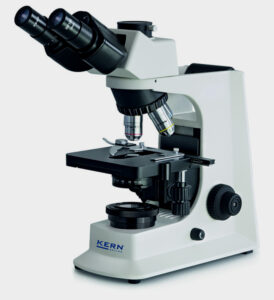
Biochemistry Analyzer - Dyasis and Robonik
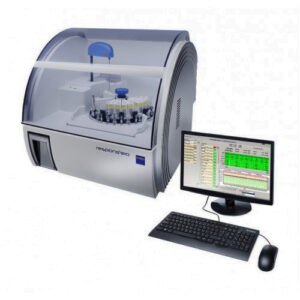 The lab is equipped with fully Automated Bio-chemistry Analysers from Dyasis Diagnostic Systems and robonik.
The lab is equipped with fully Automated Bio-chemistry Analysers from Dyasis Diagnostic Systems and robonik.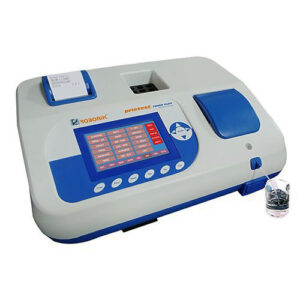
Glycated Haemoglobin Analyzer - Wondfo Finecare
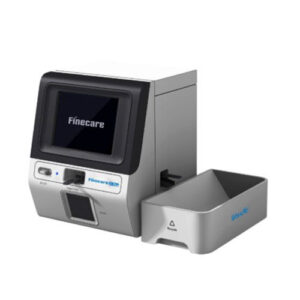 Wondfo Finecare machine is a fluorescence immunochromatographic analysing system with internal temperature control, which can help diagnose conditions such as infection, diabetes, cardiovascular diseases, renal injury and cancers etc.
Wondfo Finecare machine is a fluorescence immunochromatographic analysing system with internal temperature control, which can help diagnose conditions such as infection, diabetes, cardiovascular diseases, renal injury and cancers etc.
Cell Counter - Mindray - BC 3000 PLUS
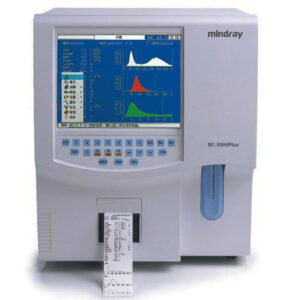 BC-3000 machine from Mindray for Glycated Haemoglobin (HBA1C). This is the state of the art technology for accurate estimation of Glycated Haemoglobin and for screening for Abnormal haemoglobins.
BC-3000 machine from Mindray for Glycated Haemoglobin (HBA1C). This is the state of the art technology for accurate estimation of Glycated Haemoglobin and for screening for Abnormal haemoglobins.
Urine Analyser
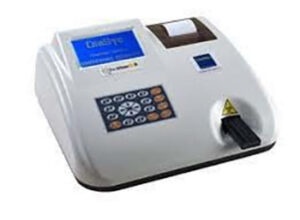 An automated Random access Urine analyzer, a type of reflectance photometer that can process several hundred strips per hour.
An automated Random access Urine analyzer, a type of reflectance photometer that can process several hundred strips per hour.
- We run quality controls and standards everyday with strict adherence to WHO rule.
- Regular Internal audits to monitor out of control situations.
- Retesting of retained samples and replicate analysis.
- Accuracy, Precision, uncertainty of measurement and Total error estimation and monitoring.
Ultrasound Scanning - Mindray
 Ultrasound scan can image the anatomy and pathology of organs in our abdomen and neck. Ultrasound is also used to image for anomalies during pregnancy and to monitor growth of baby. Color doppler scans are used to image the flow within arteries and veins in our body.
Ultrasound scan can image the anatomy and pathology of organs in our abdomen and neck. Ultrasound is also used to image for anomalies during pregnancy and to monitor growth of baby. Color doppler scans are used to image the flow within arteries and veins in our body.
Types of Scans:
- Ultrasound Abdomen and Pelvis
- Ultrasound obstetric / antenatal scan
- Ultrasound anomalies scan
- Color doppler scan (arteries and veins of limbs)
- Renal / Carotid / Obstetric dopplerRs 2500
- Sonomammogram
Digital X-Ray
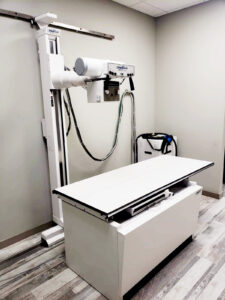
Digitial Xray or Radiograph is the bsic diagnostic modality with multiple uses. It is used to rule out fractures in trauma, infections or heart enlargement in chest, intestinal obstruction or kidney calculi in abdomen etc., Special contrast studies are also done in Xray for varied purposes.
Xray Types:
Xray single view (Xray chest, Xray abdomen, Xray PNS)
Xray Two views (Xray knee AP, Lateral views etc)
Hysterosalphingogram (HSG)
Other special studies (Intravenous urogram / pyelogram,
Micturating cystourethrogram, Retrograde urethrogram, Barium studies)
2D Echo
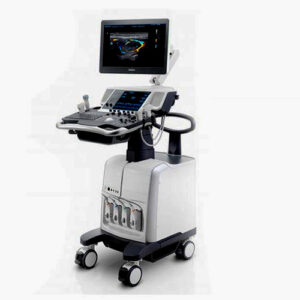
- 2D echocardiography, also known as 2D echo, is a non-invasive investigation used to evaluate the functioning and assess the sections of your heart.ogram
TMT
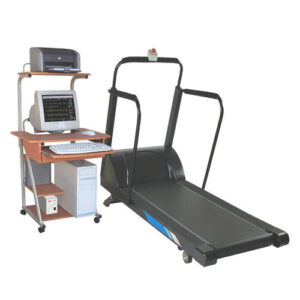
- TMT (Stress Test System) PC Based Cardiac workstation combines Resting and Exercise ECG. Equipped with high torque AC motor and digitally controlled drive system. Simultaneous acquisition and display of 12 lead raw ECG. Standard and user programmable treadmill protocols.
Electrocardiography (ECG) - Allengers
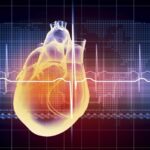

An ECG (electrocardiogram) records the electrical activity of your heart at rest. It provides information about your heart rate and rhythm, and shows if there is enlargement of the heart due to high blood pressure (hypertension) or evidence of a previous heart attack (myocardial infarction). However, it does not show whether you have asymptomatic blockages in your heart arteries or predict your risk of a future heart attack. The resting ECG is different from a stress or exercise ECG or cardiac imaging test.
Endoscopy

An endoscopy is a procedure used in medicine to look inside the body. The endoscopy procedure uses an endoscope to examine the interior of a hollow organ or cavity of the body. Unlike many other medical imaging techniques, endoscopes are inserted directly into the organ.
There are many types of endoscopes. Depending on the site in the body and type of procedure an endoscopy may be performed either by a doctor or a surgeon. A patient may be fully conscious or anaesthetised during the procedure.
There are several types of endoscopy.
Tesophagogastroduodenoscopy (EGD) which is often called upper endoscopy, gastroscopy, enteroscopy, endoscopic ultrasound (EUS), endoscopic retrograde cholangiopancreatography (ERCP), colonoscopy, and sigmoidoscopy. Percutaneous endoscopic gastrostomy (PEG) is a procedure that utilizes endoscopy to help
placement of a tube into the stomach; a small incision in the skin is also required.
